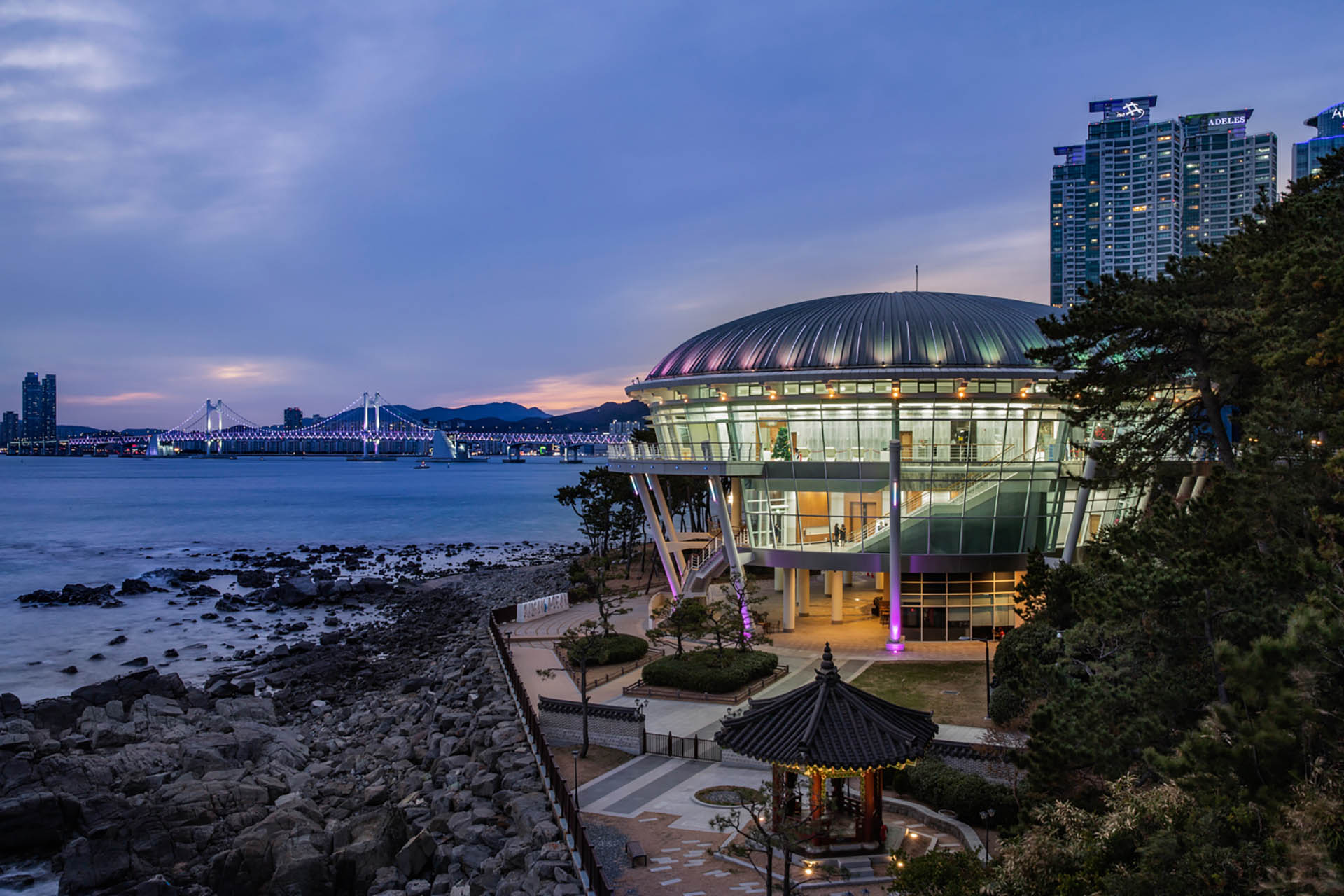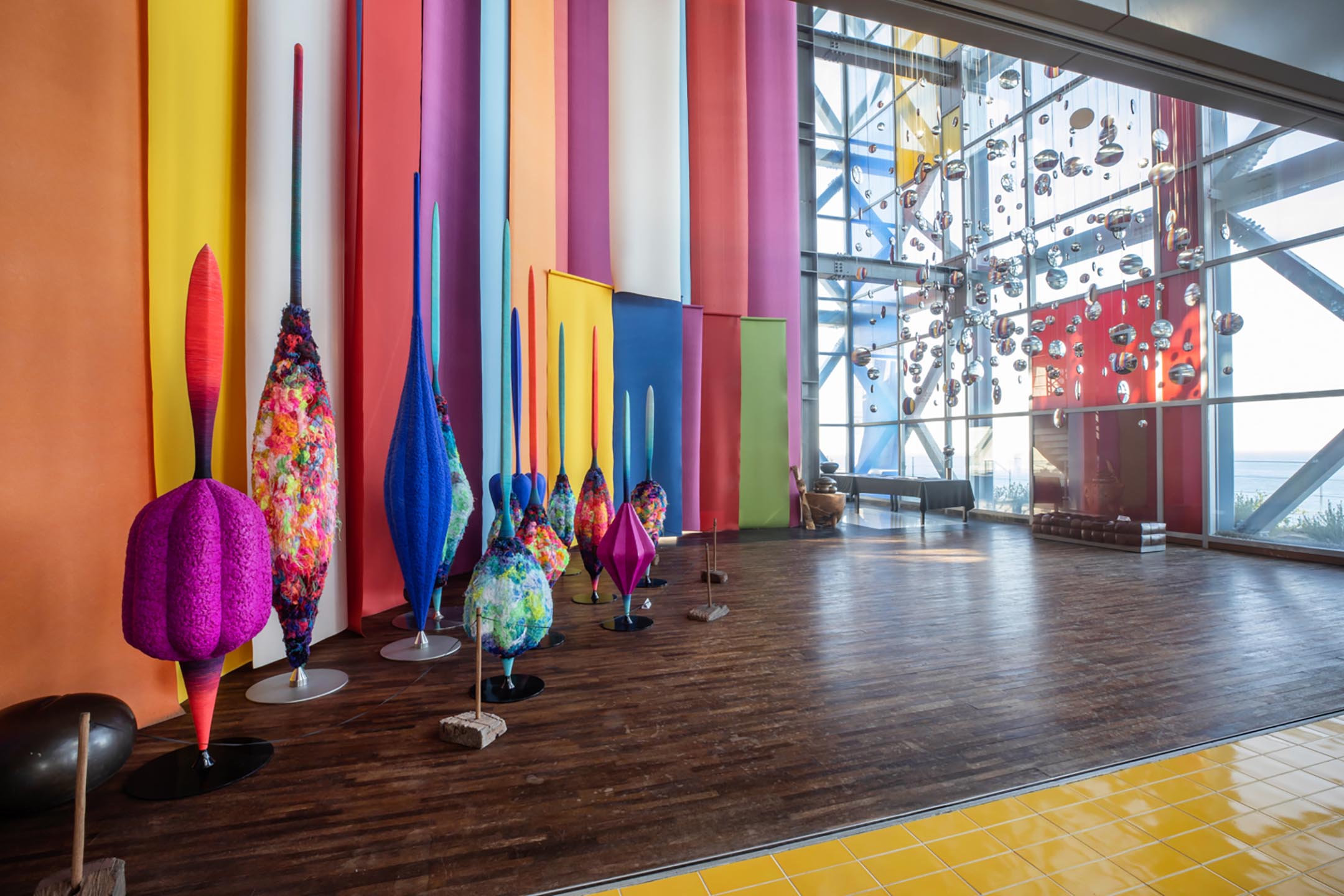
South Korea:Reinventing Business
From cutting-edge culture hubs to activity-filled resorts, South Korea has a diverse mix of conference options. Coupled with the country’s advanced digital capabilities, South Korea is a prime location to do business.
International conferencing is in a state of transformation. The global pandemic has accelerated digitalization as more companies and organizations adopt technology to do business. This was illustrated by the recently concluded Korea International Travel Expo (KITE) 2021 that saw a tech-driven event.
Korea has a well-equipped ICT infrastructure. That includes the world’s highest broadband penetration rate, the fastest internet connection speeds, and the most numerous free Wi-Fi zones.
Moon Sangho, director of MICE Marketing Team, Korea Tourism Organization (KTO)
Furthermore, South Korea’s strategic response to the Covid-19 pandemic has been highly regarded internationally and is providing further confidence that it is a trusted place to do business. The country has played host to notable international conferences such as the 19th International Anti-Corruption Conference in 2020, the International Diabetes Federation Congress in 2019, and African Development Bank Annual Meeting in 2018.

South Korea’s ideal location for business is supported by Incheon International Airport, which has consistently ranked in the Top 10 of the world’s best airports. Terminal 2 at Incheon International Airport was named World’s Best Airport Terminal in 2020.
At the recently concluded KITE event, organizers showcased both online and offline components seamlessly: from impressive virtual exhibition halls to holograms, media facades, and robots.

Despite the digitalization of conferencing, the success of these offline components proves that physical locations still matter. Cutting-edge facilities, including state-of-the-art auditoriums, and practical seminar rooms, continue to be key to an event’s success. Safe team-building exercises and face-to-face networking activities will be the new standard and definitive of a collaborative event.
When it’s safe to travel again, South Korea has a wide choice of conference destinations to get excited about. KTO and the Ministry of Culture, Sports and Tourism have put together a special collection of venues – Korea Unique Venues – that will deliver the needs of MICE events while providing an immersive cultural experience. These venues offer plenty to look forward to after the work is done, from lively city streets offering exciting after-hours activities to rich cultural sites and a serene countryside granting relaxation opportunities.
Conferencing in the capital
The National Museum of Korea is a celebration of the country’s history and art, and an iconic architectural landmark. The emblematic atrium, which can host up to 3000 guests, was highlighted during the Seoul G20 Summit in 2010, along with expansive auditoriums and meeting rooms with views of the verdant surroundings. Due to its central location and Seoul’s comprehensive metro system, the city’s legendary nightlife spots, from glitzy Gangnam to funky Itaewon, are just a few stops away.
A few kilometers north of the National Museum sits Korea House, with a cluster of meeting rooms, some cozy enough for two and others roomy enough for 200, all set within manicured gardens and inside traditional-style buildings. With optional add-ons like royal court dinners and live folk music, Korea House offers an intimate conference experience that invites attendees to get familiar with the local culture.

Escape to the countryside
For a full cultural immersion, the Korean Folk Village takes conferencing to the countryside. Set within 245 acres of rolling tree-studded hills that change color with the seasons: an outdoor pavilion and an indoor convention center, each with capacity for a few hundred people. In the vicinity are heritage houses that have been transported from other parts of South Korea and restored to former glory and tranquil lakes for moments of quiet reflection.

Nami Island, with its serene natural setting and green credentials, may just spark creativity and inspire discussions on sustainability. Tree-lined walking trails, rope bridges, and cycle-friendly lanes lend themselves to team-building activities. Meanwhile, the various convention centers, such as the imaginatively named Magic Hall, have become favorable conference venues for international embassies.

Cutting-edge culture hubs
The world-renowned Busan International Film Festival (BIFF) demonstrates that the unofficial capital of the south can also handle large-scale events, with the Busan Cinema Center at the festival’s heart. The center also doubles as an impressive events venue, with an outdoor theatre that can seat up to 6000 people. The building is a piece of architectural ingenuity, with spectacular LED displays on the world’s largest cantilever roof.
In the neighboring city of Daegu, a smaller metropolis that places a similar emphasis on the arts sits the Daegu Art Factory. The result of an urban renewal project, this cutting-edge art center is housed within a repurposed cigarette factory, and it provides a space for artistic creation and experimentation. For conferences that require a little inspiration, there’s a handful of seminar rooms and a sizeable auditorium.

Demonstrating unique value
Moon Sangho, director of MICE Marketing Team at KTO, is optimistic about South Korea’s future. He believes that South Korea’s diversity of destinations and its advanced connectivity and technology paints a bright picture for the industry.
We anticipate the future Korean MICE industry will be competitive on an international level and demonstrate our unique value to the world.
Moon Sangho, director of MICE Marketing Team at KTO











